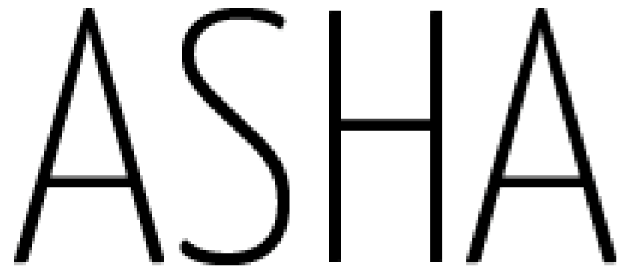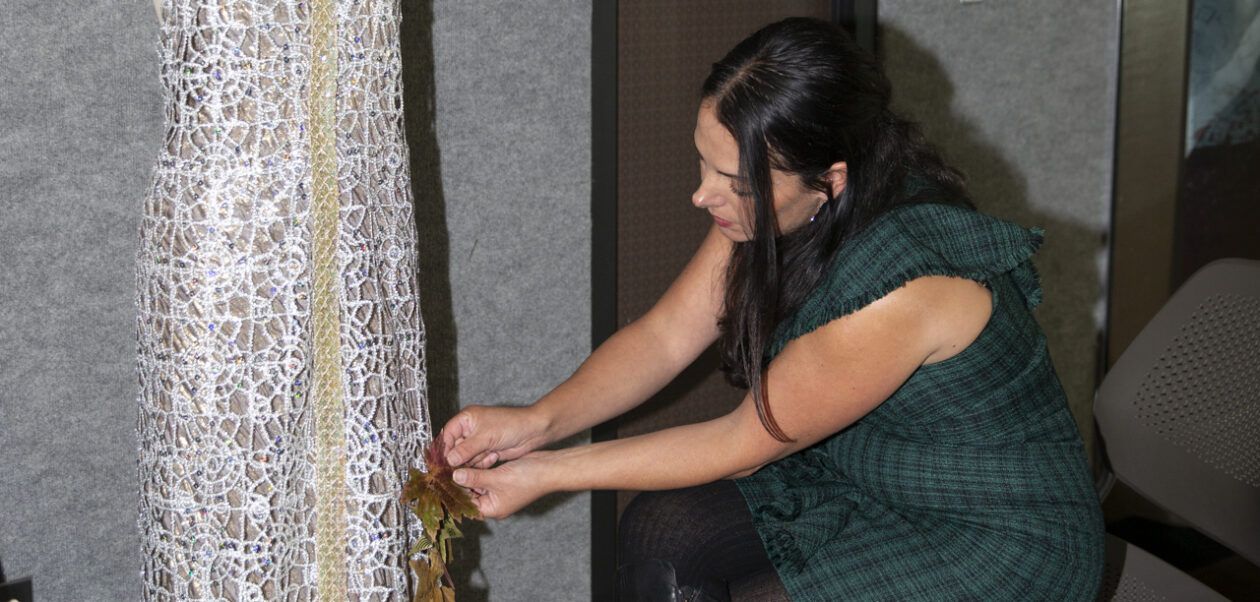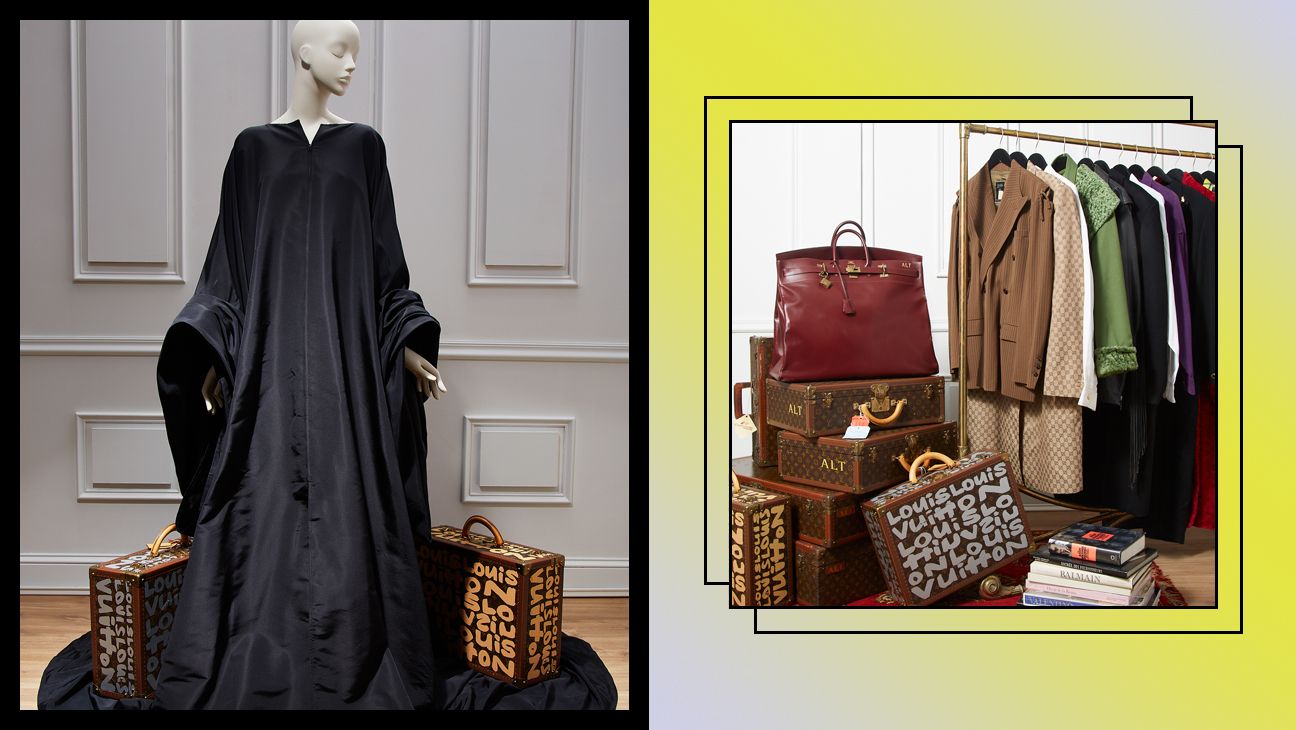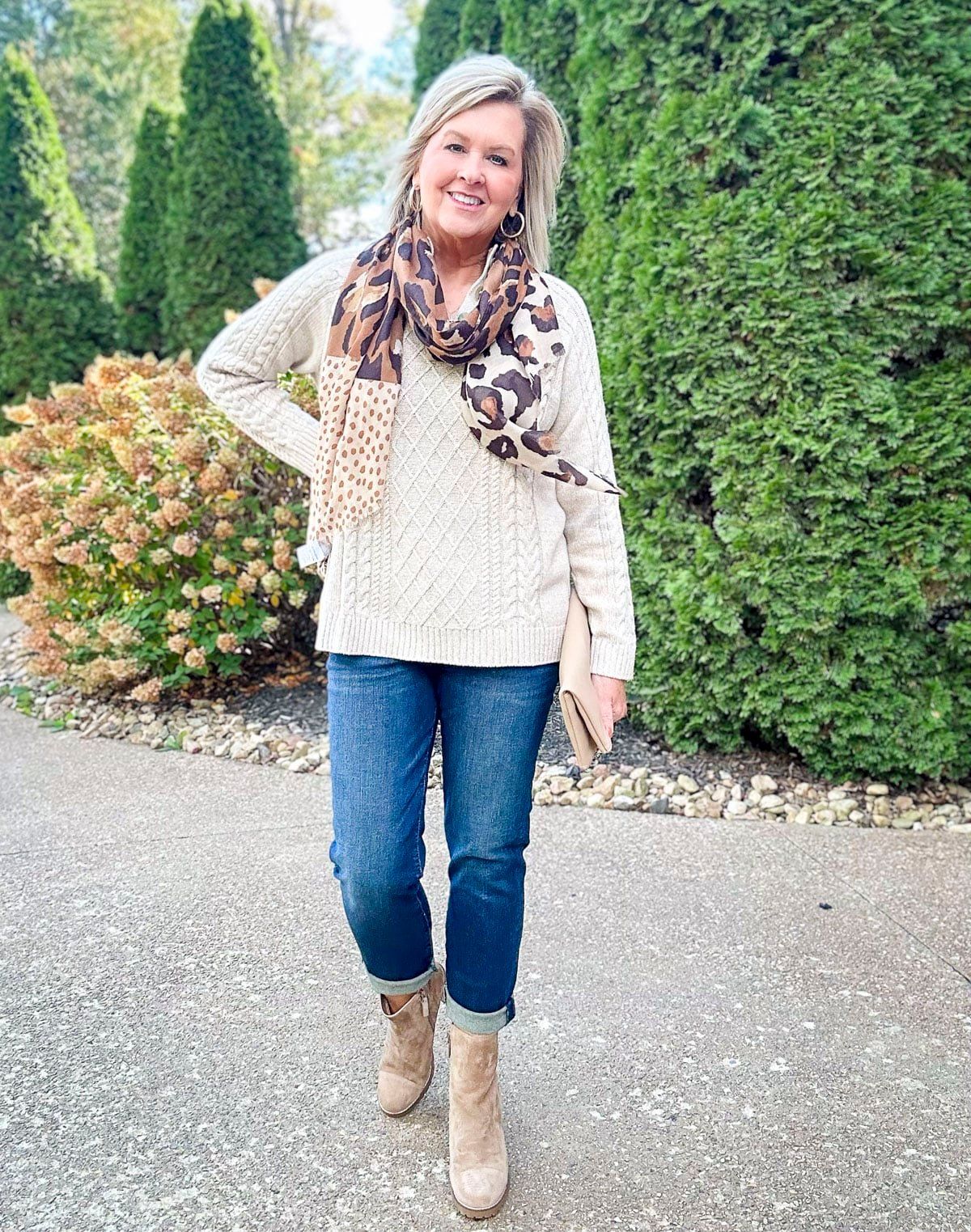October 26, 2023
Sacramento State Fashion Merchandising and Management Professor Jaleh Naasz once got in trouble for wearing nail polish to school.
Another time someone wiped her eyelashes to make sure she wasn’t wearing mascara.
As a girl living in Iran, anytime she went out in public, Naasz had to cover her hair and wear long pants under a loose tunic with sleeves that hid her wrists and went past her knees.
“Girls in Iran live in fear of being reprimanded,” she said.
Or worse.
Last year, Iran’s morality police beat to death 22-year-old Mahsa Amini for allegedly wearing her hijab too loosely. Her death sparked nationwide protests, as well as a government crackdown on the country’s restrictive dress code laws, as women cut their hair and burned their headscarves.
In Sacramento, Naasz couldn’t stop following the news.
“It could’ve been me,” she said. “The stories were heartbreaking. … These really courageous women were taking off their headscarves or just doing very basic things that were getting them arrested, tortured, and killed.
“It seemed like the least we could do was look at what was happening.”
Naasz spent a year curating “The Seen Iranian Woman,” a collaborative exhibit of art, poetry, and fashion on display in the University Union Gallery through Nov. 16, looking at Iran’s history and women’s struggle for basic human rights.
The exhibit’s opening reception is scheduled for 5 to 6 p.m. Oct. 26.
More than 500 people were killed during the protests that followed Amini’s death and hundreds more severely injured, the United Nations reports. In addition, about 22,000 people have been arrested, including two women journalists who reported Amini’s story.
“The struggle for equality for women is universal,” said Sahar Razavi, director of the Iranian and Middle Eastern Studies Center at Sac State, who collaborated with Naasz on the exhibit. “The struggles women are facing in Iran feel very removed from us here, but in fact, they are very similar things we fight for here every day.
“One of the things that motivates us both is to help draw those connections for our students, our campus community, and our broader community.”
The garments on display showcase the different forms of hijab, or headscarves women use to cover their hair, neck, and ears, as well as chadors, which cover the entire body from the top of the head to the ground.
Naasz even had a family member in Iran send a child’s school uniform with a small headscarf, pants, and mantou, or tunic.
The exhibit traces a timeline of Iranian history through the extreme changes in what women were allowed to wear, beginning in the late 1700s, under the restrictive Qajar Dynasty, through today.
“Women have been told how to dress through the various political powers that have been in control,” Naasz said. “Every time there was a shift in power, you would see it in the way women were told how they had to dress.”
Starting in 1924, Reza Shah Pahlavi, and later his son, pushed to modernize Iran. He opened schools to women and girls and allowed them to wear Western-style clothes such as skirts and dresses.
But a 1936 ban on wearing veils became another form of repression.
“Women had to transition from being extremely covered up … to losing their headscarves and having to wear hats or dealing with people harassing them in the street and pulling headscarves off their heads,” Naasz said.
“My great-grandmother lived in this era, and a lot of the women just stayed home. They didn’t want to come out, so they pulled out of school and were under house arrest.”
“These really courageous women were taking off their headscarves or just doing very basic things that were getting them arrested, tortured, and killed.” — Sacramento State Fashion Merchandising and Management Professor Jaleh Naasz
“It seemed like the least we could do was look at what was happening.”
The ban lasted five years. Under Mohammad Reza Shah Pahlavi, women could choose whether to wear a hijab, and for four decades they enjoyed many freedoms.
“My mom worked and lived in Iran during the ’60s and has very fond memories of her fashion and freedoms as a woman there,” Naasz said.
But the Pahlavi’s overthrow and establishment of the Islamic Republic of Iran in 1979 marked another dramatic shift in women’s rights, and by 1983 wearing the hijab was compulsory.
Razavi drew parallels between women’s rights efforts in Iran and the United States, particularly when it comes to school dress codes and abortion laws.
“In schools, dress codes are almost always for girls and geared toward modesty under the assumption that boys will be distracted by girls’ bodies, and it’s the girls’ responsibility to fix that,” she said. “Which is obviously grossly unfair and completely irrational, but it persists.”
Months before the U.S. Supreme Court in 2022 overturned Roe v. Wade, the landmark 1973 decision protecting a woman’s right to choose, Iran also passed anti-abortion laws.
“Women’s bodily autonomy is being eroded and attacked all over the world,” Razavi said.
“Women in the U.S. look at Iranian women and say, ‘Oh, how horrible.’ But we also need to turn our eyes back on ourselves to see what we’re going through here and how their struggles are echoed and exacerbated by the same social problems.”
Naasz’s family immigrated to California in 1991 when she was 9 years old, but she never forgot the fear.
“There’s no freedom of expression, and it’s hot, and you’re wearing dark cotton clothes in the heat,” she said.
Naasz, who teaches courses on design and clothing construction, created a dress inspired by the autumn leaves she collected on campus last year during the protests in Iran. She and her three daughters wrote on the leaves the names of demonstrators who died and spent the weekend before the exhibit opened clipping them to her dress.
The exhibit was funded by a University Enterprises, Inc., grant. Support for the opening reception was provided by the Sac State Iranian and Middle Eastern Studies Center, Department of Women and Gender Studies, College of Social Sciences and Interdisciplinary Studies, and Sociology professor Ayad Al-Qazzaz.
“The Seen Iranian Woman” will be on display in the University Union Gallery through Nov. 16. The gallery is open 10:30 a.m. to 3:30 p.m. Monday through Friday. Special evening hours are 5 to 8 p.m. Wednesdays and Thursdays.




